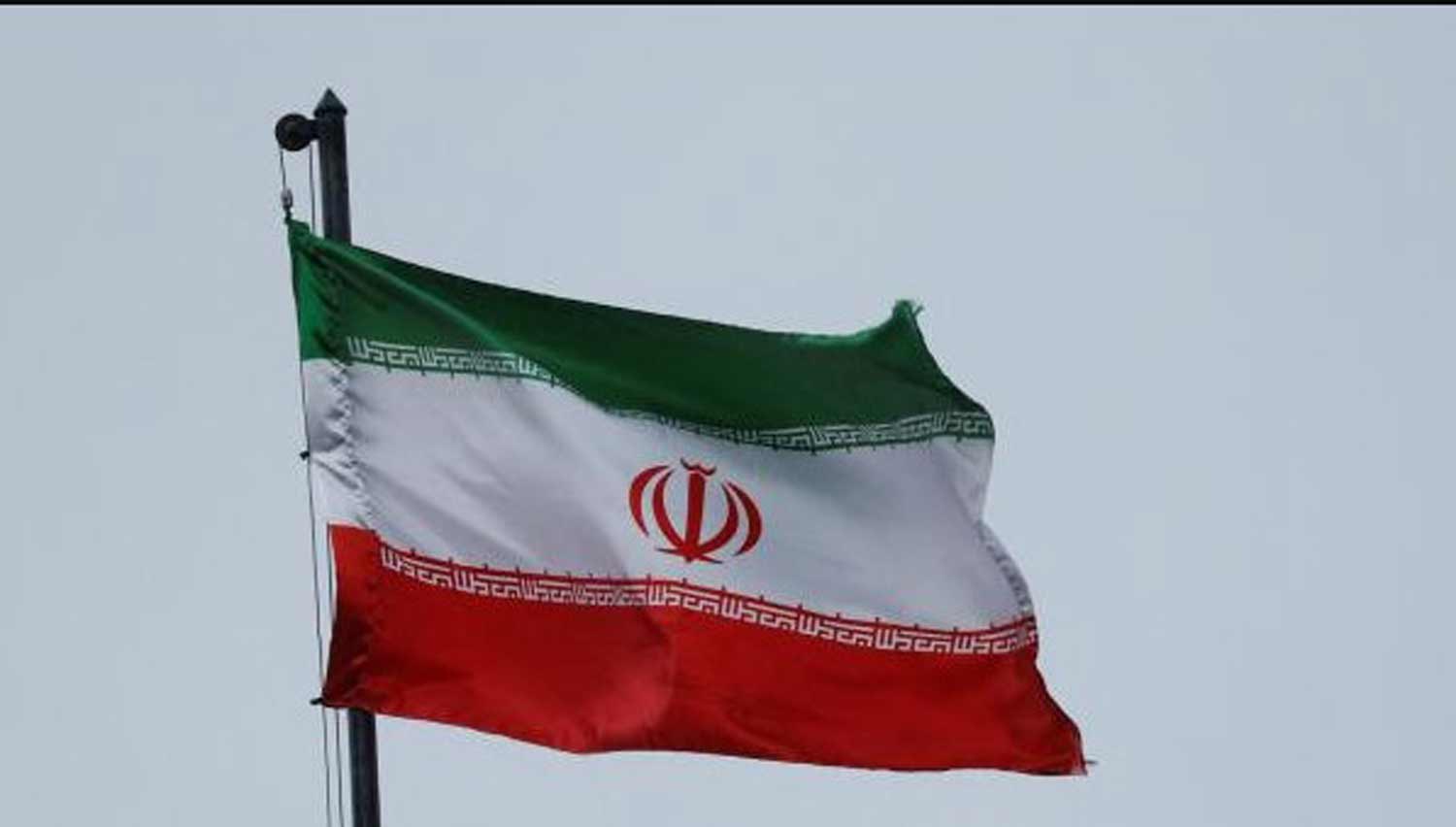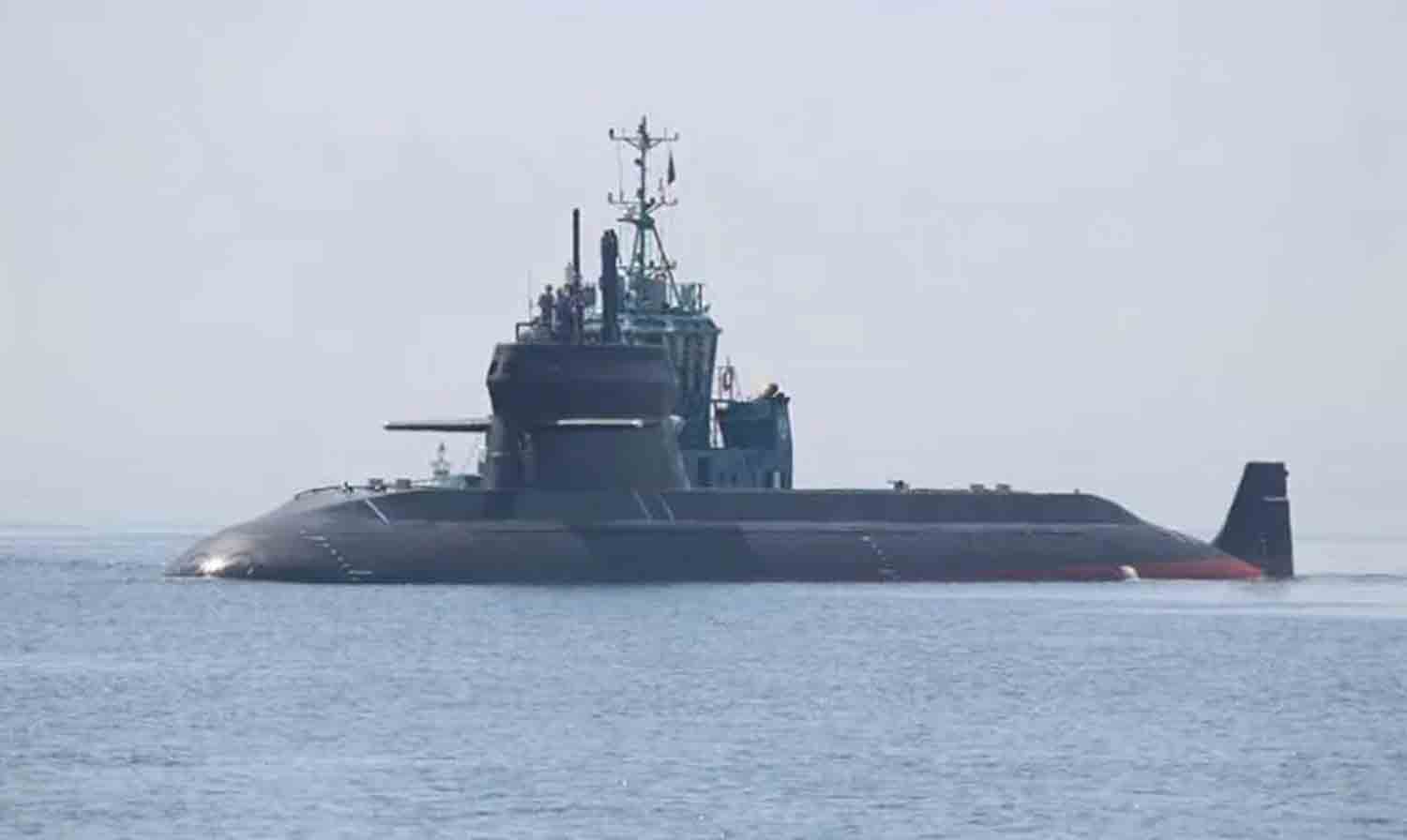In a striking demonstration of its growing strategic strike capabilities, Iran has successfully executed a high-impact missile test featuring a domestically produced two-tonne warhead. This development could potentially alter regional deterrence dynamics and create waves throughout global defense establishments.
The announcement was made by Iranian Defense Minister Brigadier General Aziz Nasirzadeh, who informed reporters in Tehran that this test represents a significant advancement in the Islamic Republic’s indigenous missile development initiatives. “We have made substantial progress in defense matters,” Nasirzadeh remarked, emphasizing that Iran’s armed forces are fully prepared and possess the advantage in any possible military engagement.
BREAKING 🇮🇱🇮🇷🇺🇲🔥 #IRGC has confirmed that the Iranian military successfully tested a #nuclear missiles with 2-ton tactical Warhead to declare itself a Nuke Country.
🚨 Biggest shock to Israel & US. pic.twitter.com/1RW2zmtNuq
— RKM (@rkmtimes) June 11, 2025
The minister also cautioned that any act of aggression from the United States would elicit a rapid and severe response, reinforcing Iran’s readiness to inflict considerable losses on American forces present in the region. During a cabinet meeting, Nasirzadeh reiterated, “Iran’s armed forces are fully prepared and have the advantage in any conflict,” further asserting that Tehran’s deterrent stance is stronger than ever.
He also dismissed recent provocative remarks from U.S. military officials, stating, “Occasionally, it is suggested that if negotiations fail, it will result in conflict. On behalf of the Iranian nation, I assert that if a conflict is forced upon us, we will target our designated objectives, the enemy will incur heavy losses, and America must withdraw from the region.” The successful missile test, which involved the use of a two-tonne warhead, showcases Iran’s proficiency in various advanced military technologies, including sophisticated propulsion, aerodynamics, and structural engineering—essential elements for long-range, high-payload missile systems.
The test underscores the evolution of Iran’s missile strategy, which increasingly emphasizes precision-strike capabilities that can penetrate fortified military structures and surpass regional missile defense systems.
Abbas Kharabaf, a defense and aerospace specialist who has been closely observing Iran’s missile advancements, informed the Tehran Times that “ensuring structural integrity while carrying a 2-ton payload at hypersonic speeds necessitates advancements in materials science, aerodynamics, and propulsion.”
He further stated that this achievement indicates a developing Iranian aerospace industry, highlighting that the heavy warhead can be utilized on Iran’s operational medium- and long-range ballistic missile systems, including the Khorramshahr and Emad platforms. Both systems have operational ranges that extend to Israel, U.S. military installations in the Gulf, and potentially parts of southern Europe, making the two-ton payload capability a significant strategic advantage.
Kharabaf disclosed that the newly tested warhead incorporates a triconic (three-cone) aerodynamic configuration, which greatly diminishes radar cross-section and improves survivability against advanced missile defense systems like THAAD and the Israeli Arrow system. He also pointed out the warhead’s incorporation of advanced thermal shielding, allowing it to withstand hypersonic atmospheric reentry, while its maneuverable reentry vehicle (MaRV) capability enables trajectory adjustments during the terminal phase, enhancing strike precision and complicating interception efforts.
These technological features imply that the warhead is intended for counterforce operations, capable of targeting fortified military assets such as underground command-and-control centers, aircraft shelters, ballistic missile silos, fuel storage facilities, and reinforced airbases.
“The strategic importance is rooted in the blend of speed, accuracy, and payload,” Kharabaf stated, further noting, “This advancement is not merely about a single weapon—it signifies Iran’s intent to position itself as a formidable entity in the realm of advanced missile technology.”
The timing of this announcement is especially crucial as the area experiences increased geopolitical tensions, highlighted by ongoing Israeli operations in Syria, renewed conflicts in the Strait of Hormuz, and a firmer U.S. approach towards Iranian influence in the region. The missile test may also act as a strategic signal to the Gulf Cooperation Council (GCC) nations, particularly Saudi Arabia and the UAE, which have recently bolstered military collaboration with Israel and the United States under the security framework of the Abraham Accords.
Iran’s advancements in missile technology, including its recent test of a two-tonne warhead, demonstrate a persistent effort to transition from asymmetrical retaliation tactics to a credible, high-impact deterrent strategy centered on strategic-range precision firepower. While Western nations continue to express concerns regarding Iran’s missile initiatives, Tehran perceives these tests as vital for maintaining its sovereignty in a region increasingly influenced by foreign military presence and complex missile defense systems.
With this achievement, Iran becomes part of a select group of countries capable of deploying heavy-payload maneuverable reentry vehicles, a capability that significantly complicates adversary air defense strategies and introduces a new layer to Tehran’s military deterrence strategy. As discussions surrounding the nuclear agreement remain at a standstill and tensions rise across various flashpoints from Syria to the Gulf, the latest test highlights Iran’s determination to cultivate an independent, technologically sophisticated, and regionally dominant missile capability.
The recent successful test of a missile equipped with a two-tonne warhead, as reported by Iran, has raised considerable concern among global defense analysts. Experts caution that such a payload has the potential to inflict devastating kinetic and strategic impacts on contemporary battlefields.
A missile with a 2,000 kg warhead is capable of destroying hardened military installations, fortified airbases, and underground command centers. It serves not only as a weapon but also as a message of deterrence, escalation, and deep-strike capability. In military parlance, a conventional high-explosive warhead of this size can generate a blast radius sufficient to collapse reinforced concrete structures within a 30 to 50-meter range, with significant secondary damage extending well beyond 100 meters, contingent on the altitude and angle of detonation.
The destructive capacity is particularly pertinent against deeply buried targets such as aircraft shelters, fuel depots, ammunition bunkers, and subterranean military headquarters, many of which are engineered to withstand standard munitions. When combined with a long-range ballistic or hypersonic missile, such a warhead evolves into a strategic asset, enabling the launching nation to incapacitate critical enemy infrastructure far beyond its own borders.
In addition to physical destruction, the psychological and operational shockwave is equally formidable. Military leaders must now face the unsettling truth that no facility—regardless of how deeply buried or heavily fortified—is immune to a two-tonne payload delivered at hypersonic velocities. This capability compels adversaries to fundamentally reassess their deployment strategies, fortification measures, and the overall survivability of their high-value assets.

















